ספרים
-
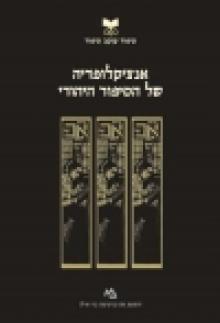
-
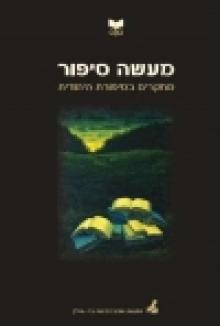
-
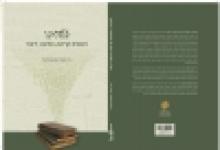
-
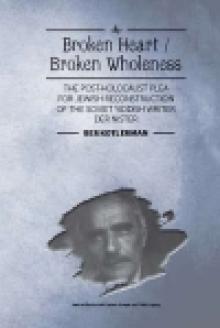
Prof. Ber Kotlerman, Broken Heart / Broken Wholeness: The Post-Holocaust Plea for Jewish Reconstruction of the Soviet Yiddish Writer Der Nister
In the summer of 1947, three years before his death in a labor camp hospital, one of the most significant Soviet Yiddish writers Der Nister (Pinkhas Kahanovitsh, 1884–1950) made a trip from Moscow to Birobidzhan, the Jewish Autonomous Region in the Russian Far East. He traveled there on a special migrant train, together with a thousand Holocaust survivors. The present study examines this journey as an original protest against the conformism of the majority of Soviet Jewish activists. In his travel notes, Der Nister described the train as the “modern Noah’s ark,” heading “to put an end to the historical silliness.” This rhetoric paraphrasing Nietzsche’s “historical sickness,” challenged the Jewish history in the Diaspora, which “broke” the people's mythical “wholeness.” Der Nister formulated his vision of a post-Holocaust Jewish reconstruction more clearly in his previously unknown notes (“Birobidzhan Manifesto”), the last that have reached us from Der Nister’s creative legacy, which are being discussed for the first time in this book. Without their own territory, he wrote, the Jews were like “a soul without a body or a body without a soul, and in either case, always a cripple.” Records of the fabricated investigation case against the “anti-Soviet nationalist grouping in Birobidzhan” reveal details about Der Nister’s thoughts and real acts. Both the records and the manifesto are being published here for the first time.
-

קובץ של כתב העת האוניברסיטאי, (דו לשוני: אנגלית/גרמנית), מטעם אוניברסיטת פטסדאם, PaRDeS בעריכת נתניאל רימר, רחל אלבק-גדרון ומרקוס קראה
קובץ של כתב העת האוניברסיטאי, (דו לשוני: אנגלית/גרמנית), מטעם אוניברסיטת פטסדאם,
PaRDeS
(Zeitschrift der Vereinigung
für Jüdische Studien e.V.)
בעריכת נתניאל רימר, רחל אלבק-גדרון ומרקוס קראה,
יצא לאור, ומוקדש לנושא הרחב:
יהדות ובודהיזם, יהדות והינדו, ושאר מגעיה של היהדות עם דתות המזרח. -
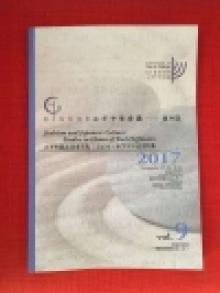
קובץ מאמרים חדש, דו לשוני (אנגלית/יפנית) על הסופר יואל הופמן
קובץ מאמרים חדש, דו לשוני (אנגלית/יפנית) על הסופר יואל הופמן ועל זיקות בין תרבותיות בין מזרח אסיה לישראל, בהוצאת אוניברסיטת דושישה, קיוטו, יפן.
הקובץ הוא תוצאתו של כנס שיזמה וארגנה ד"ר רחל אלבק-גדרון בשיתוף עם ד"ר דורון ש. כהן, ופרופ' עדה תגר-כהן, כפרויקט משותף למרכז cismor, הפקולטה לתיאולוגיה באוניברסיטת Doshisha, קיוטו, והמחלקה לספרות עם ישראל וספרות בלשונות היהודים והפקולטה למדעי היהדות באוניברסיטת בר אילן. -
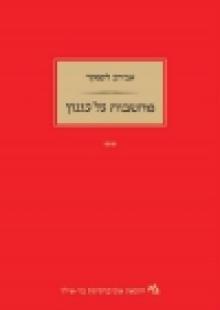
-
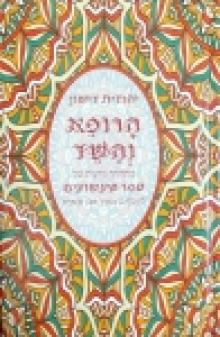
ספרה החדש של פרופ' יהודית דישון 'הרופא והשד' מהדורה מדעית של 'ספר השעשועים' ליוסף בן מאיר אבן זבארה, בהוצאת מכון הברמן
ספרה החדש של פרופ' יהודית דישון 'הרופא והשד' מהדורה מדעית של 'ספר השעשועים' ליוסף בן מאיר אבן זבארה, בהוצאת מכון הברמן
-
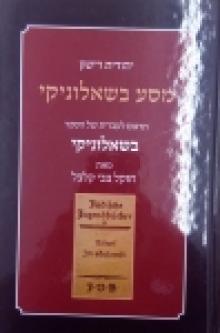
יצא לאור ספרה של פרופ' יהודית דישון: 'מסע בשאלוניקי'
יצא לאור ספרה של פרופ' יהודית דישון 'מסע בשאלוניקי'
תרגום לעברית של הספר
בשאלוניקי
מאת חזקל צבי קלצל
בהוצאת מכון הברמן למחקרי ספרות
-
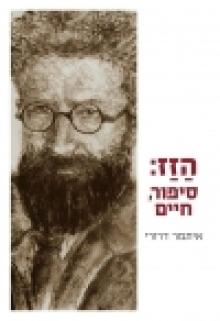
ספרו של ד"ר איתמר דרורי, 'הזז: סיפור חיים'
ראה אור ספרו של ד"ר איתמר דרורי, "הזז: סיפור חיים". ההוצאה לאור של מכון בן גוריון לחקר ישראל והציונות בספר זה נעשה ניסיון ראשון להתחקות אחר חניכתו הרוחנית והתרבותית של אחד מגדולי הפרוזאיקנים העברים במאה העשרים, הסופר חיים הזז (1973-1898). דרורי שוזר אלה באלה פרטי מידע ביוגרפיים וביבליוגרפיים בצד הבחנות סוציו-תרבותיות, המצטרפים יחד לכדי מסמך מרתק של סיפור חיים שטרם סופר עד היום.



